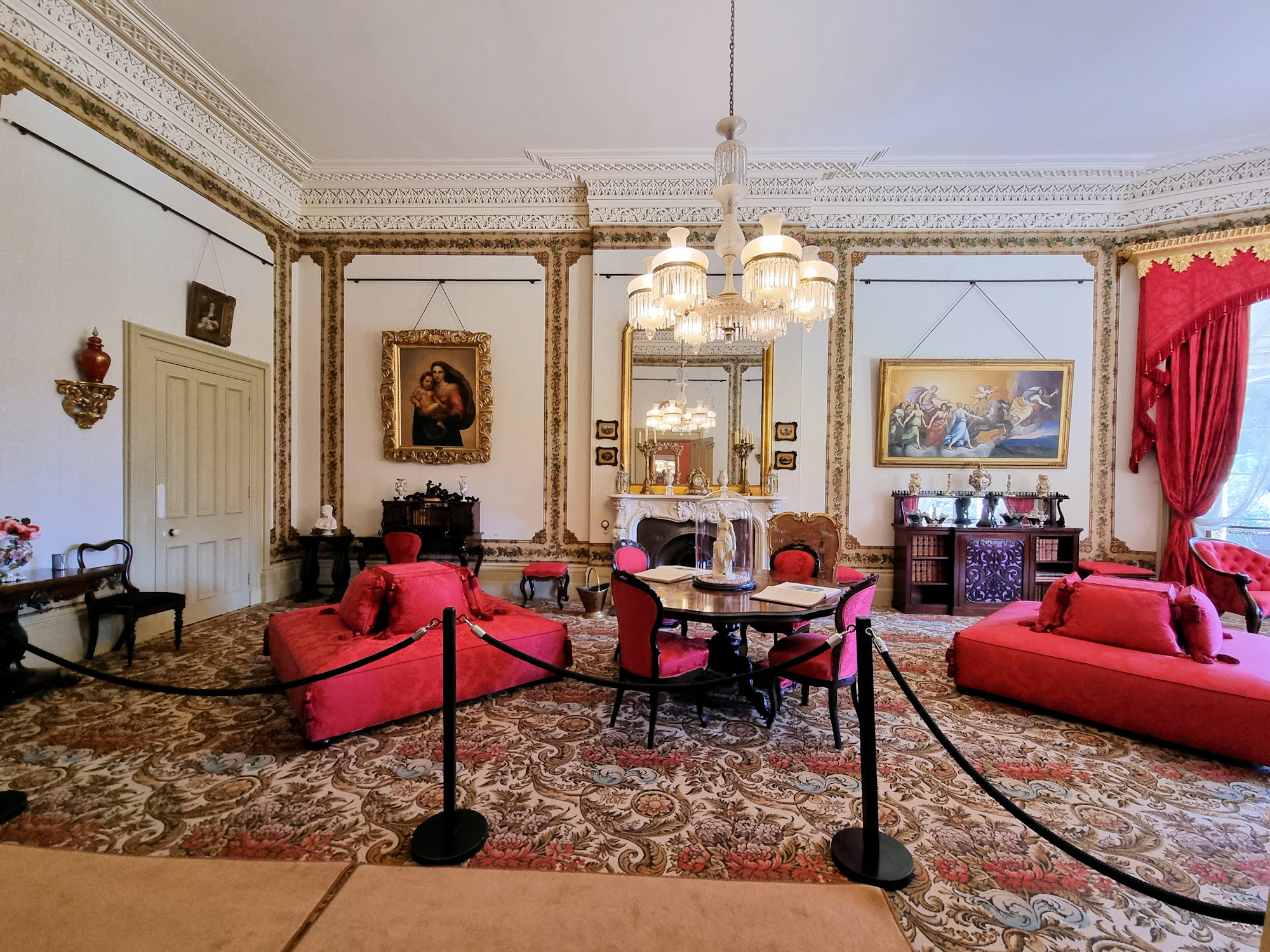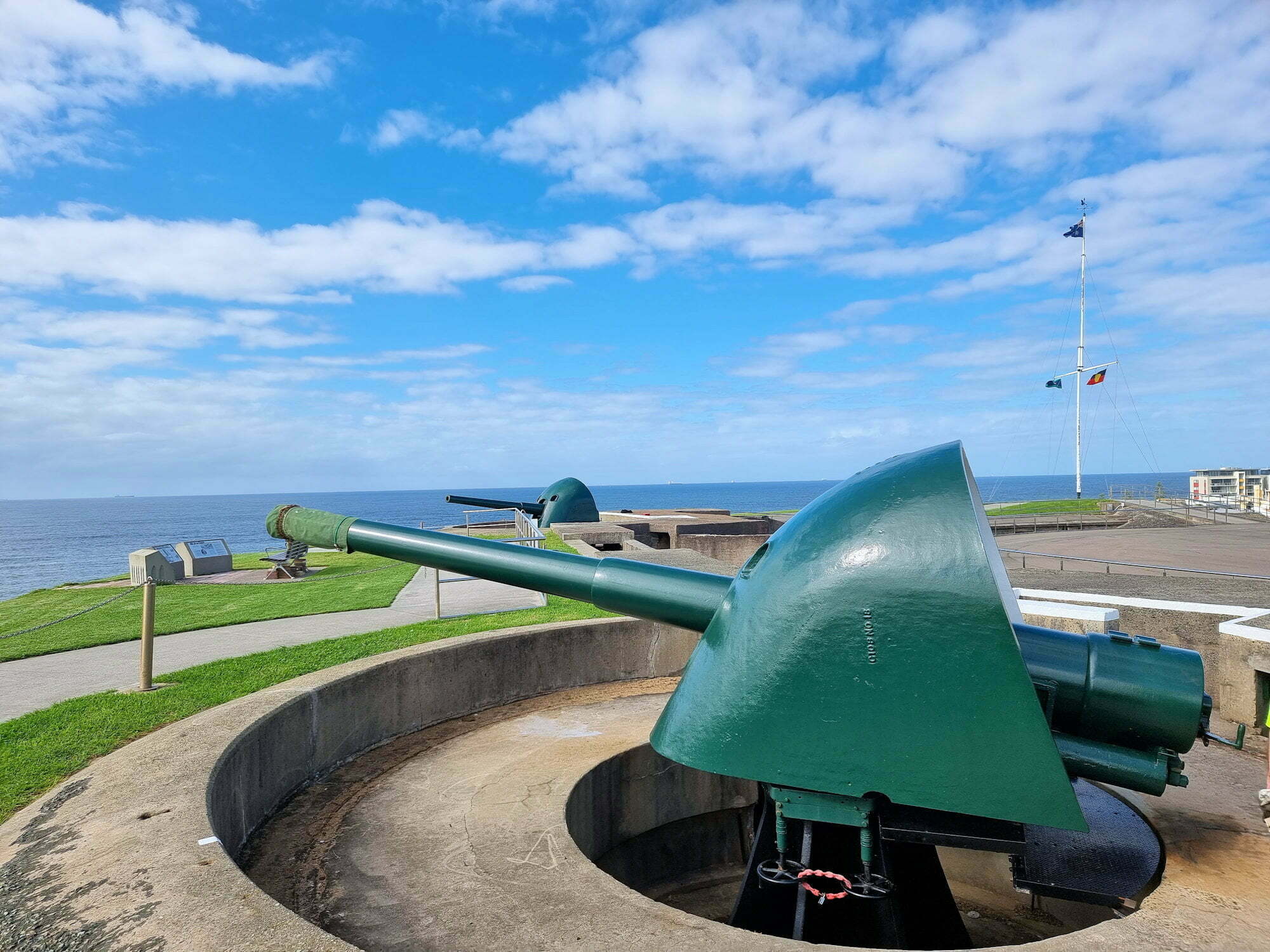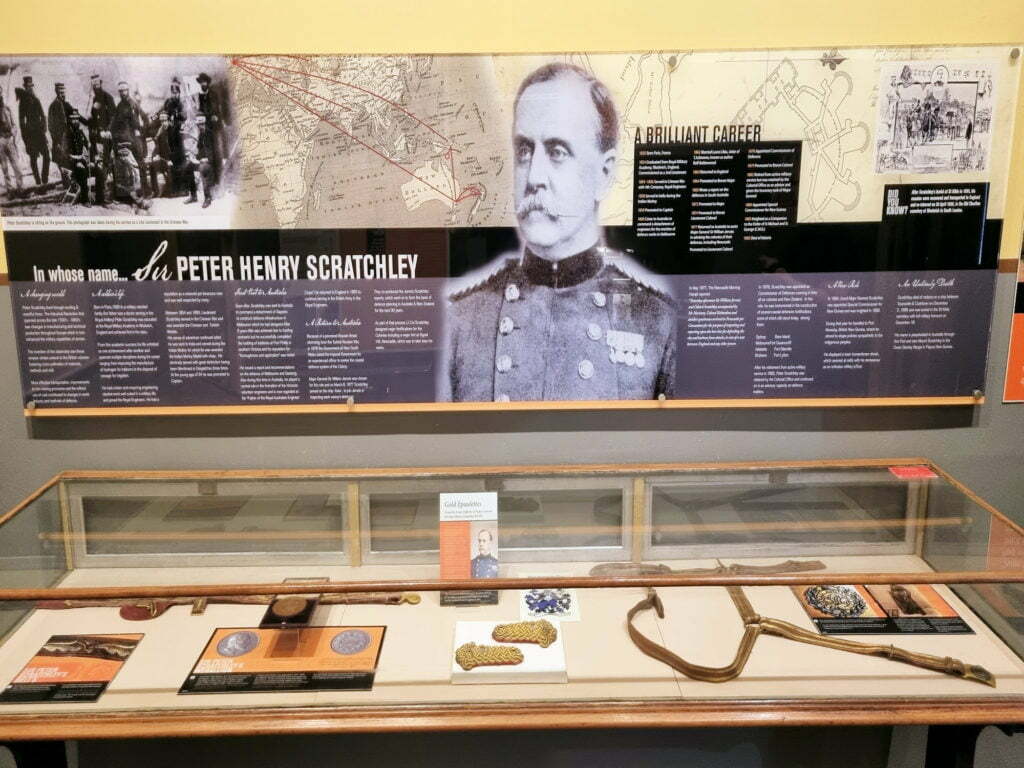Vaucluse House Sydney
Completed between 1803 and 1839 in the Gothic Revival style, Vaucluse House is one of the few remaining colonial mansions in Sydney still surrounded by its original gardens and wooded grounds. Purchased by colonial explorer, barrister and politician William Charles Wentworth in 1827, it was expanded from a simple cottage to a grand mansion. Wentworth also extended the grounds and surrounding gardens which originally covered most of what is now the suburb of Vaucluse.
Operated by Historic Houses Trust of NSW, part of the NSW State Government, Vaucluse House became Australia’s first house museum in 1915.
Getting There
A large carpark on site provides ample parking if you are driving yourself. The closest bus stop is for bus 325 on Wentworth Road. Bus 325 connects to both the Edgecliff train station and Watsons Bay Ferry.
Entry to the house is through the rear, via the gift shop. Large backpacks are not permitted inside the house and are stored in a cabinet behind the service desk. Entry is free and you get a map which has descriptions of each room.


The Kitchen
The first major room is the kitchen, which contains some original items including the food safe, dresser and cast iron cooking range. When we visited, the range was lit, so the kitchen had a great wood smoke smell. Arranged around the room pots and pans and other cooking utensils give a sense of what the room would have looked like.



Housekeeper’s Room
Furnished as it would have been in the 1800s, the housekeeper’s room is a small room where the housekeeper lived and performed her duties.
Drawing Room
Decorated extravagantly, the drawing room is furnished in the period style of the 1800’s. This room was where potential suitors could meet the Wentworth’s daughters. This room projects how rich and influential family was.



Breakfast Room
This room was an informal family dining area, but still nicely furnished and decorated.
Bedrooms
Wine Cellar
Accessed via external stairs, the wine cellar still contains the arched alcoves for the storage of wine bottles. Despite being warm outside, the cellar was cool, showing how it helped keep the wine in good condition. Next to the wine cellar is the cool store with hooks on the ceiling for hanging cured meats.
Stables
Although no longer housing horses, the stables are in excellent condition, with the wooden stalls still showing the marks of horses from 100 years ago.
What Did We Think?
The house is in great condition along with all of the period furnishings. We loved walking through the house, seeing how the wealthy lived in mid-nineteenth century Australia.




































